Categories: Featured Articles » Electrician at home
Number of views: 8328
Comments on the article: 1
Varieties and sizes of cable channels for electrical wiring
When installing external wiring or laying some kind of information cable, it is advisable to immediately take care of how best to hide these wires. To solve this problem, special cable channels or plastic boxes are well suited.
Unlike the cable tray, the cable channel or box has a cover, so that the cable in it is closed. In addition, these products are produced today for every taste and color, come in various shapes and sizes, so that anyone who thinks about installing external wiring can choose a cable channel or box that is ideal for certain conditions of home, office or production the interior.
The most common are plastic and metal cable ducts made of PVC and aluminum, as well as stainless steel. For administrative and industrial premises, metal channels and ducts are best suited, having a simple design and not differing in sophistication of appearance.
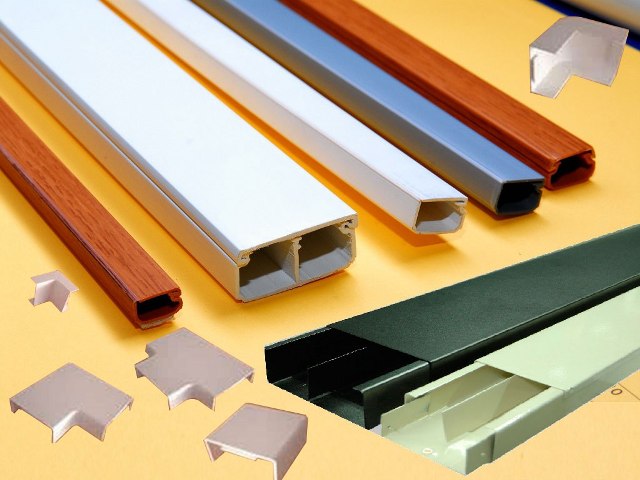
For residential premises, plastic PVC channels are most often chosen, since these products are presented in a wide variety of color variations, have different shapes, and generally look more neat. Thus, the main thing that distinguishes cable channels from each other is the design. Next, let's talk about their varieties.
Miniature PVC cable ducts

Such PVC channels are usually used for concealed installation of information cables and low-voltage wiring. They are almost invisible on the wall, ceiling or floor. That is why small channels are so popular when you need to make a hidden installation of a telephone, television or network cable, or lead a wire, for example, to a low-power LED lamp.
Typical dimensions of channels of this format in cross section are from 10 to 60 mm in height and from 7 to 100 mm in width. As you already understood, in this version PVC channels of square and rectangular sections are produced. Various colors are possible: white, brown, etc.
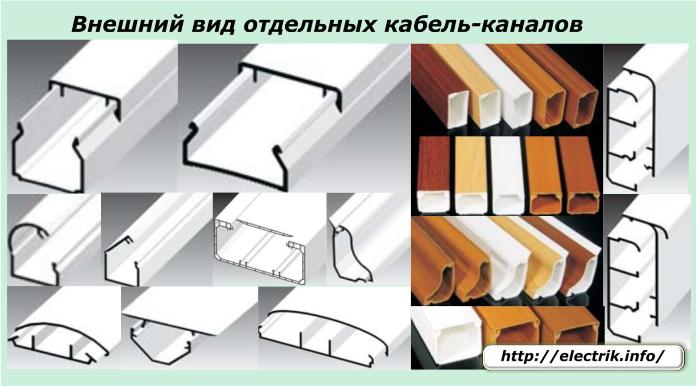
The most common typical sizes of cable channels:
-
10x7mm;
-
10x10mm;
-
10x12mm;
-
12x12mm;
-
12x16mm;
-
16x16mm;
-
16x20mm;
-
20x20mm;
-
20x25mm;
-
25x25mm;
-
25x40mm;
-
40x40mm;
-
40x60mm;
-
60x80mm;
-
60x100mm.
Often there are other sizes:

Useful internal section:
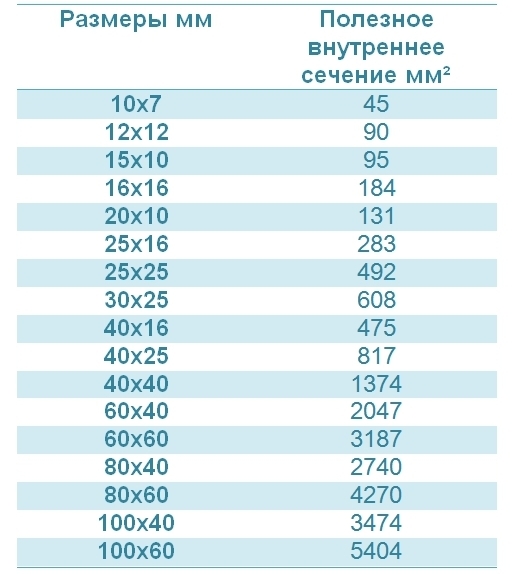
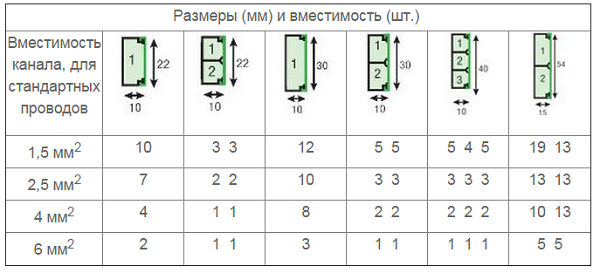
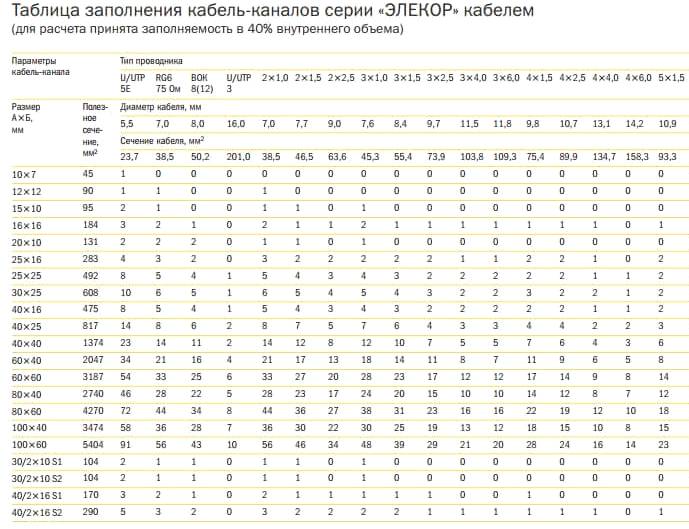
Floor cable ducts
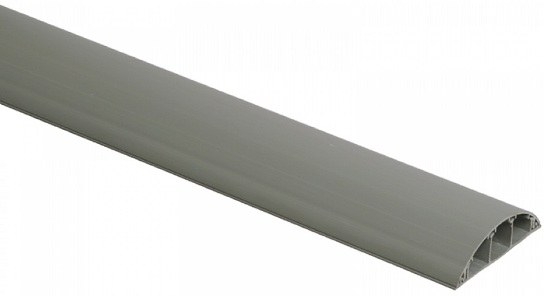
For offices and similar premises, aluminum or plastic floor cable channels with a rounded profile are very convenient. Such channels are designed specifically for laying wires on the floor, for example from a wall to a desktop or a lamp.
The floor channel has, as a rule, a small height - from 10 mm, although higher specimens are also found - up to 60 mm, with a width respectively from 20 to 100 mm.
The shape of the channel provides minimal obstruction when people are walking around the office, because it is difficult to fall into such a channel because it is almost smooth, the leg will simply slip through it.
Inside the channel, wiring or an information cable can be mounted, and if necessary, both. The color scheme is usually plain.


Parapet cable channels
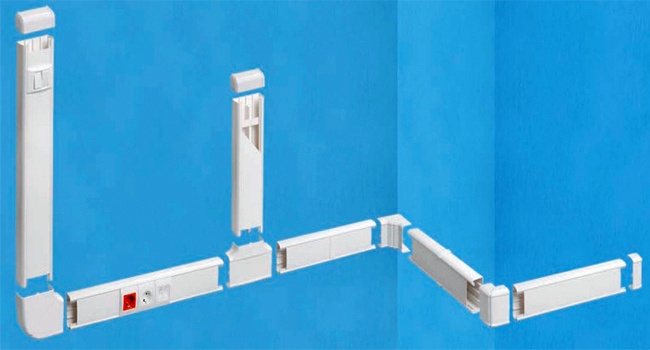
Parapet or trunk cable channels have the form of composite curved ducts, including direct elements and connecting angular adapters.
From these elements, you can assemble a channel of almost any shape and length in order to hide the wiring from any equipment or device. These channels are popular in residential and office buildings, where they can be used to hide wiring from an air conditioner, wall lamp, etc.
The dimensions of the channels in the cross section vary from 80x40 mm to 120x60 mm. The color scheme is selected individually. For industrial premises, a simple white or gray color is suitable; for residential and office premises, a wood look is popular.
I recommend to read more:
How to choose a cable channel for wiring
PVC cable duct mounting technology: how to optimize performance
Skirting cable channels

Skirting cable channels are plastic floor skirting boards that additionally perform the function of a cable duct. This is the so-called electrotechnical baseboard.
For a house or apartment, such a solution will be almost ideal, because hidden wiring, network or television cable are often laid precisely along the wall, and this baseboard combines the advantages of a modern decorative baseboard and cable channel. It turns out that the empty space inside the baseboard is beneficial by hiding the external wiring inside.
The dimensions of the skirting cable channel correspond to the dimensions of ordinary skirting boards. The design contains longitudinal and angular elements. Color is selected individually for the interior.
Corner Cable Channels
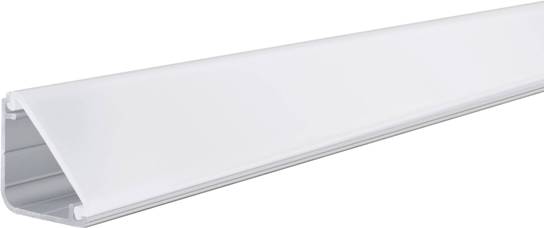
Corner cable channels are similar to floor skirting boards, they are only intended, unlike floor electrical skirting boards, for installing outdoor wiring under the ceiling. The channel has a triangular section of the supporting profile and a flat cover (unlike the floor plinth).
This channel fits perfectly into the interior of the ceiling, almost does not catch the eye. In addition, the color of the corner channel can be selected based on the individual needs of the person. The assembly of the structure is made of straight and corner (connecting) PVC elements.
Transparent cable ducts
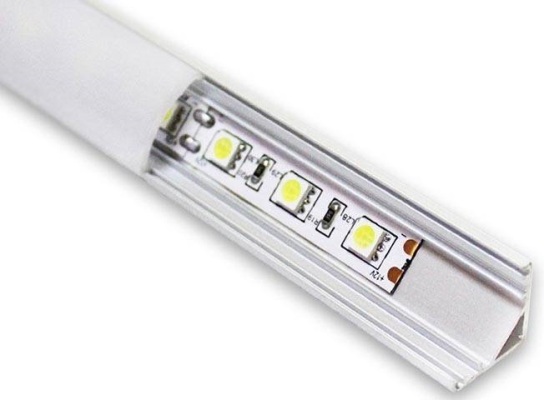
Cable channels with a transparent cover serve primarily as decorative light elements, since in addition to the main functions (to place wiring inside), these channels are excellent for providing physical protection led strip.
The width of the transparent part can vary from 5 to 20 mm here, which allows you to choose a channel for almost any purpose, from the installation of LED lights on the ceiling, floor or niche, ending with the lighting design of the vehicle bottom. Thus, the channel is able to replace a ceiling or floor lamp.
Perforated cable ducts
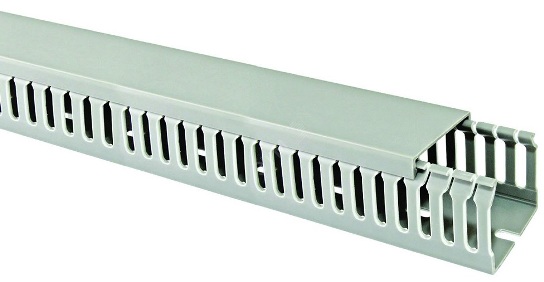
Perforated PVC boxes are lighter and have a better price than solid closed ducts. These channels are usually used in technological rooms, outside the building or in electrical distribution cabinets, where the appearance of the channel is absolutely not important, but only the closing support for electrical wiring is important.
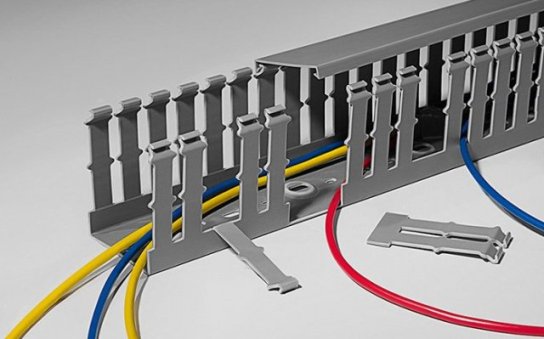
The longitudinal openings on the sides provide good natural ventilation, which prevents excessive heating of the wiring. The fastening of such channels to the support is usually carried out using self-tapping screws.
Typical dimensions of perforated channels are 25, 40, 60 or 100 mm in width with various heights from the same size range.
Flexible cable channels

Flexible cable channels, similar to a plastic bicycle chain, are available in sizes from 2 to 5 cm in height and from 5 to 25 cm in width. Cable channels of this configuration are installed where it is necessary to lead wiring on an uneven surface, or in those places where regular cable mobility is possible or necessary.
For example, in a workshop, to an CNC machine or laser cutting machine, to construction or loading machinery, to metalworking and woodworking machines, a movable cable can be brought in exactly such a protective channel. The cable will not fall out of the channel, it will not catch on anything, it will retain its position in space, while it can move and not creep.
At industrial enterprises also applywire cable channels. This solution is simple, practical and durable.
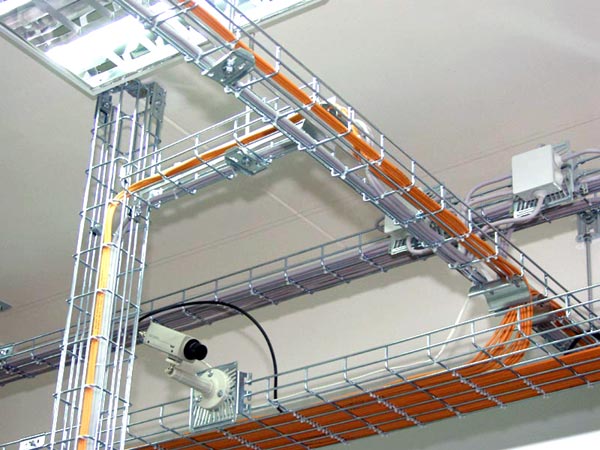
As a rule, in warehouses and in cellars, wiring is laid precisely in wire channels, allowing you to quickly equip any unprepared room with lighting or sockets.
The wire is arranged with a sufficiently large pitch, which provides the wires with good ventilation and protection against overheating, as well as a relatively small weight to the channel itself.
The strengthened kind of wire cable channel - ladder cable channel. Here, everything is similar to a wire channel, but the frame is made of a larger metal profile similar to a ladder, which allows even heavy power cables to be mounted under the ceiling.
In fact, flexible, wire and staircase cable channels are called such only conditionally, because in fact it cable trayssince there are no covers in their design.
See also at bgv.electricianexp.com
:
